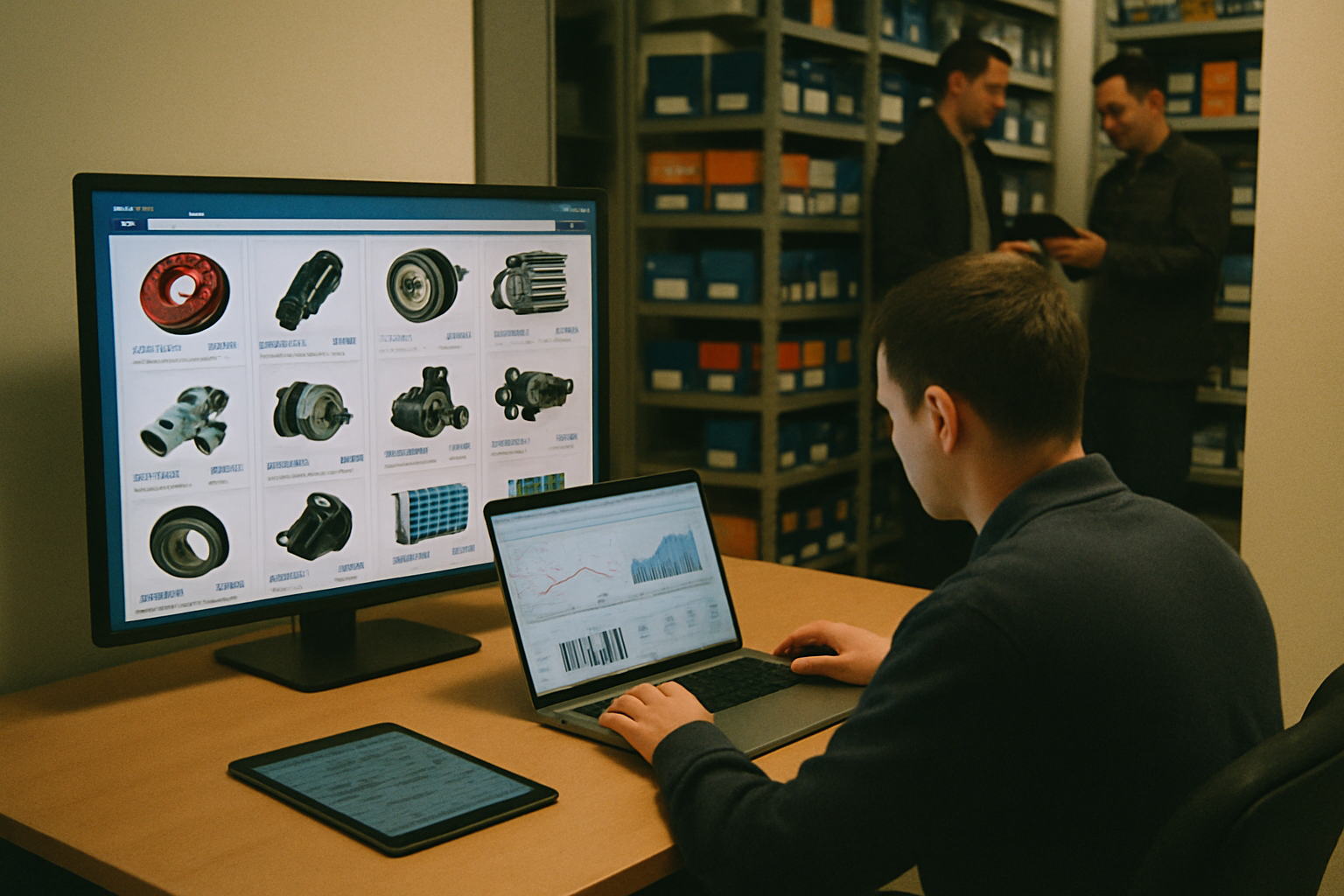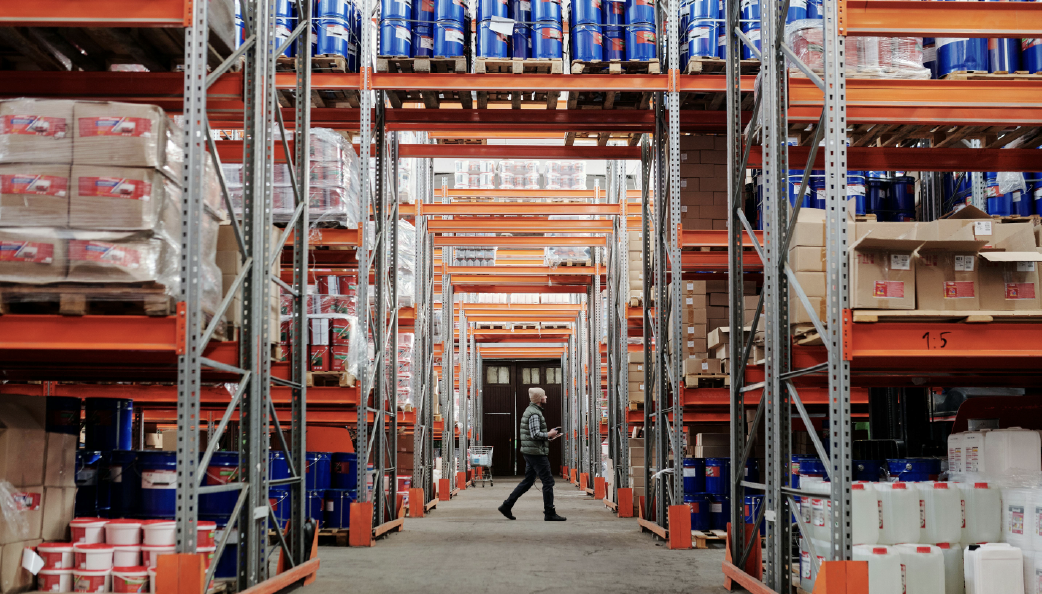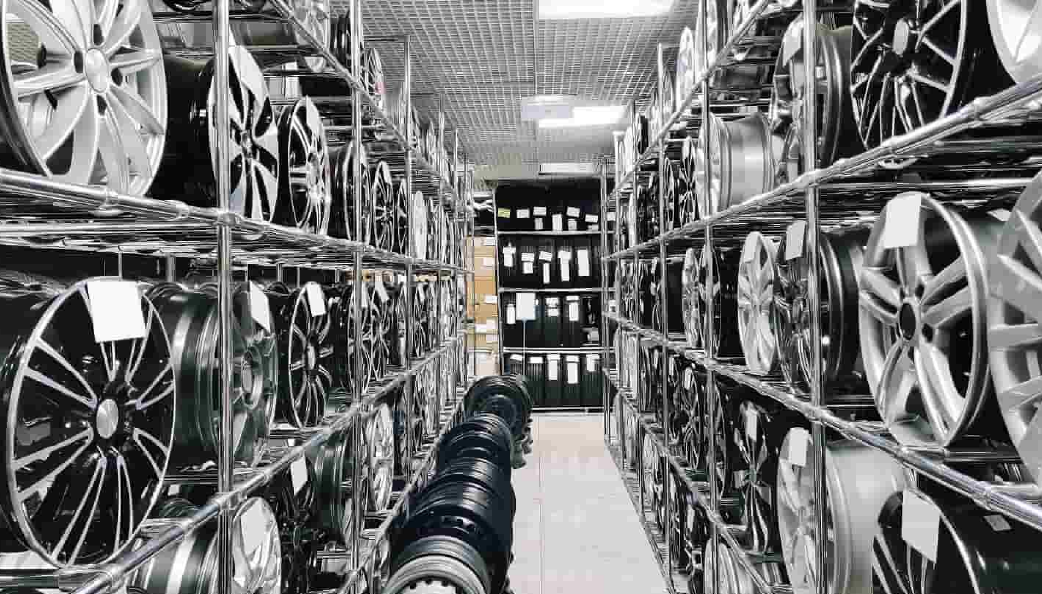Brazil’s automotive sector is going through a major transformation, but the most significant changes are happening in the aftermarket. While vehicle production grows and SUVs remain a national favorite, the real revolution is taking place behind the scenes: in distributor warehouses, parts shelves, and the digital catalogs that power workshops and retailers nationwide.
Digitalization beyond the showroom
For years, digital transformation focused solely on vehicle sales. Today, companies in the automotive replacement sector — including parts manufacturers, distributors, auto centers, and workshops — are investing in digital tools to streamline inventory management, pricing, and parts sales.
A practical example: When a distributor automates inventory control and pricing updates, it can share real-time data across its entire sales network. This reduces errors, avoids stockouts, and speeds up service for mechanics and technicians who often need parts the same day.
Global trend, local impact
According to McKinsey, the global automotive aftermarket is expected to grow 3% annually through 2030, driven by supply chain digitalization and the pursuit of greater efficiency. In Brazil, this trend is gaining traction through the rise of marketplaces, interconnected digital catalogs, and growing online sales of parts and accessories.
A recent CINAU survey shows that 60% of mechanics already use digital channels to search for and compare parts. This demands that distributors and brands offer complete catalogs with technical data, photos, compatibility info, and real-time availability — all accessible via computer or mobile device.
More control, less friction
Integration among manufacturers, distributors, and sales points has also evolved. Today, a part registered by a manufacturer can be automatically updated in a distributor’s system and synced across hundreds of physical and online stores.
This connectivity eliminates manual spreadsheet updates, reduces rework, and boosts trust in the information — for both sellers and buyers.
Impact on the buyer’s daily routine
Ultimately, the end user benefits the most: mechanics, workshops, small retailers, or even DIY drivers. With more information online, they can easily find the best parts, compare options, and buy with confidence.
It also shortens the time between problem diagnosis and repair completion — improving customer experience and strengthening the competitiveness of smaller players.
Where is the sector heading?
Regional distributors and independent repair shops that invest in digitalization are more likely to stand out in the coming years. Automating processes, integrating data with partners, and selling through digital channels are no longer optional — they’re essential.
Those who understand that digital transformation goes beyond just having an online store or ERP system will be able to offer a smarter, faster, and more connected buying journey — whether for a specialized reseller or a customer ordering from their phone.












